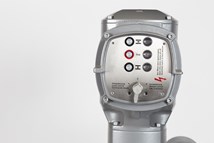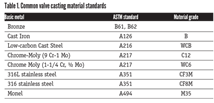United States Will Require Valves on New Pipelines to Prevent Disasters
U.S. officials are adopting a long-delayed rule aimed at reducing deaths and environmental damage from oil and gas pipeline ruptures.
Edited by Margo Ellis

U.S. officials have adopted a rule aimed at reducing deaths and environmental damage from oil and gas pipeline ruptures — a long-delayed response to fatal explosions and massive spills that have occurred over decades in California, Michigan, New Jersey and other states.
But safety advocates said the move by the U.S. Transportation Department would not have averted the accidents that prompted the new rule. That’s because it applies only to newly constructed or replaced pipelines — and not to hundreds of thousands of miles of lines that already crisscross the country, many of them decades old and corroding.
The rule requires companies to install emergency valves that can quickly shut off the flow of oil, natural gas or other hazardous fuels when pipelines rupture. It came in response to a massive gas explosion in San Bruno, California, that killed eight people in 2010, and to large oil spills into Michigan’s Kalamazoo River and Montana's Yellowstone River and other spills. Read the full ABC News article here.
RELATED CONTENT
-
Testing of Hydrogen Valves
Valves are used to control all types of fluids, and while some are easy to manage, others can be a challenge. At the top of the challenging list sits hydrogen, the smallest, lightest molecule known to man.
-
PFAS Chemicals and PTFE: Should the Valve Industry Be Concerned?
Legislation moving through Congress could affect the future use of thousands of PFAS chemicals (per- and polyfluoroalkyl). The house passed H.R. 2467 in July of 2021 and, though the bill is general in nature, it assigns the responsibility to the Environmental Protection Agency (EPA) for determining which PFAS chemicals will be controlled or banned altogether.
-
The Limits of Standard Manual Globe Valves for Throttling
A common practice in process services is to use manual globe valves with hand wheels for regulating flow.








 Unloading large gate valve.jpg;maxWidth=214)


